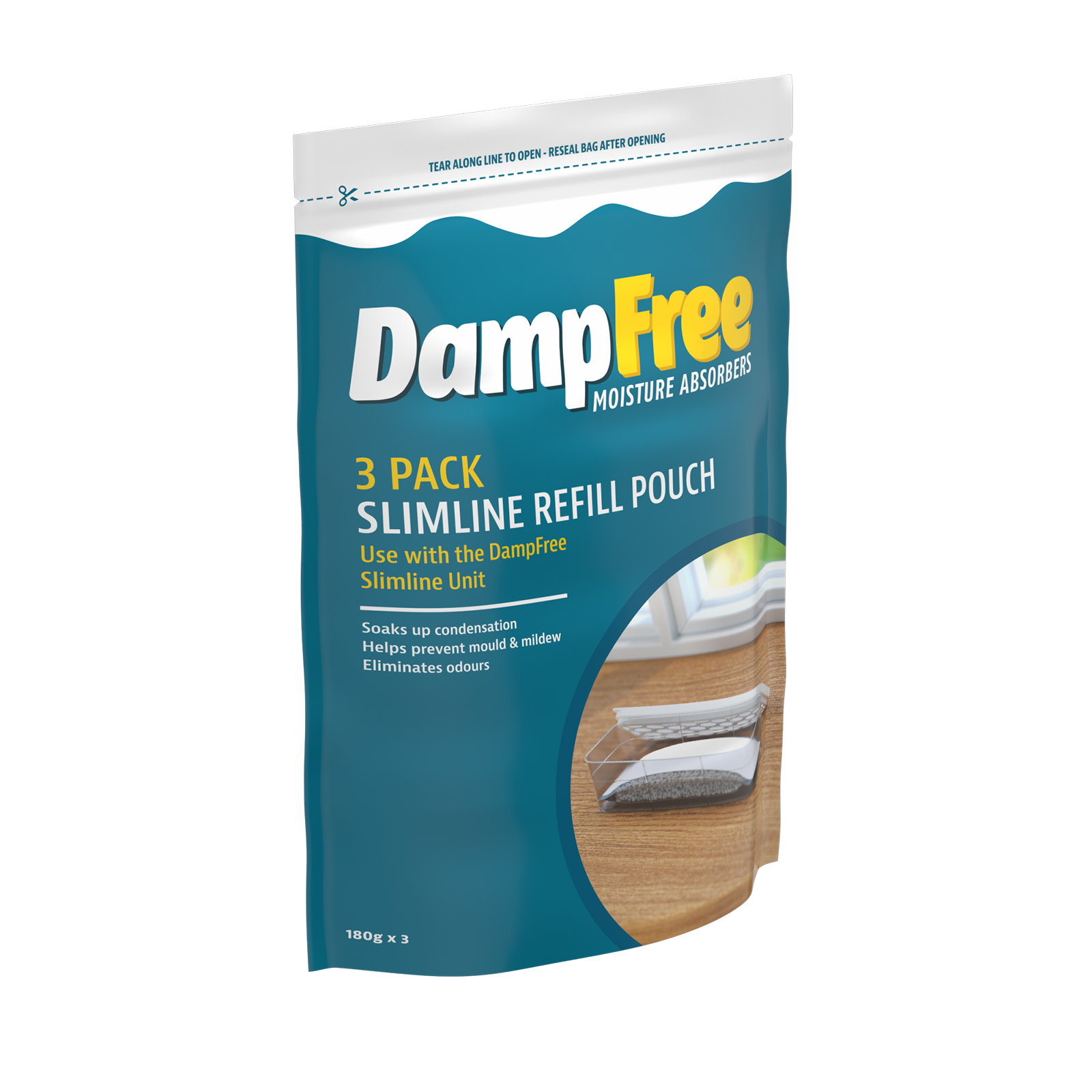Odour Control: The Hidden Connection Between Moisture and Musty Smells
Musty or stale smells in the home are often a direct result of excess moisture. Damp environments promote the growth of mould, mildew, and bacteria, all of which release odour-causing compounds. Enclosed areas like wardrobes, cupboards, basements, and storage rooms are particularly vulnerable when moisture is left uncontrolled.
How Moisture Leads to Odours
Steps to Prevent and Eliminate Musty Odours
Taking a proactive approach by improving ventilation, protecting fabrics, and managing moisture levels naturally is the most effective way to prevent musty smells and maintain a fresher, healthier home environment.
Improve Ventilation
Allow fresh air to circulate regularly in enclosed spaces such as wardrobes, cupboards, and storage rooms. Open windows and doors when possible and use extractor fans or dehumidifiers in areas prone to dampness.
01
Dry and Protect Fabrics and Belongings
Ensure clothes, curtains, upholstery, and other fabrics are completely dry before storing them. Avoid overfilling cupboards and wardrobes, as overcrowding restricts airflow and traps moisture around fabrics and stored items.
02
Monitor and Control Moisture Levels
Using a moisture absorber, such as DampFree, is an effective way to naturally reduce excess humidity. Place moisture absorbers in wardrobes, cupboards, storage areas, and vehicles to maintain a dry environment and prevent the growth of mould, mildew, and bacteria that cause unpleasant odours.
03
Regularly Check Enclosed Spaces
Inspect wardrobes, cupboards, and storage areas regularly for any signs of dampness or musty smells. Early detection allows for quicker action, preventing odours from becoming deeply embedded in fabrics and surfaces.
04
Taking a proactive approach by improving ventilation, protecting fabrics, and managing moisture levels naturally is the most effective way to prevent musty smells and maintain a fresher, healthier home environment.











